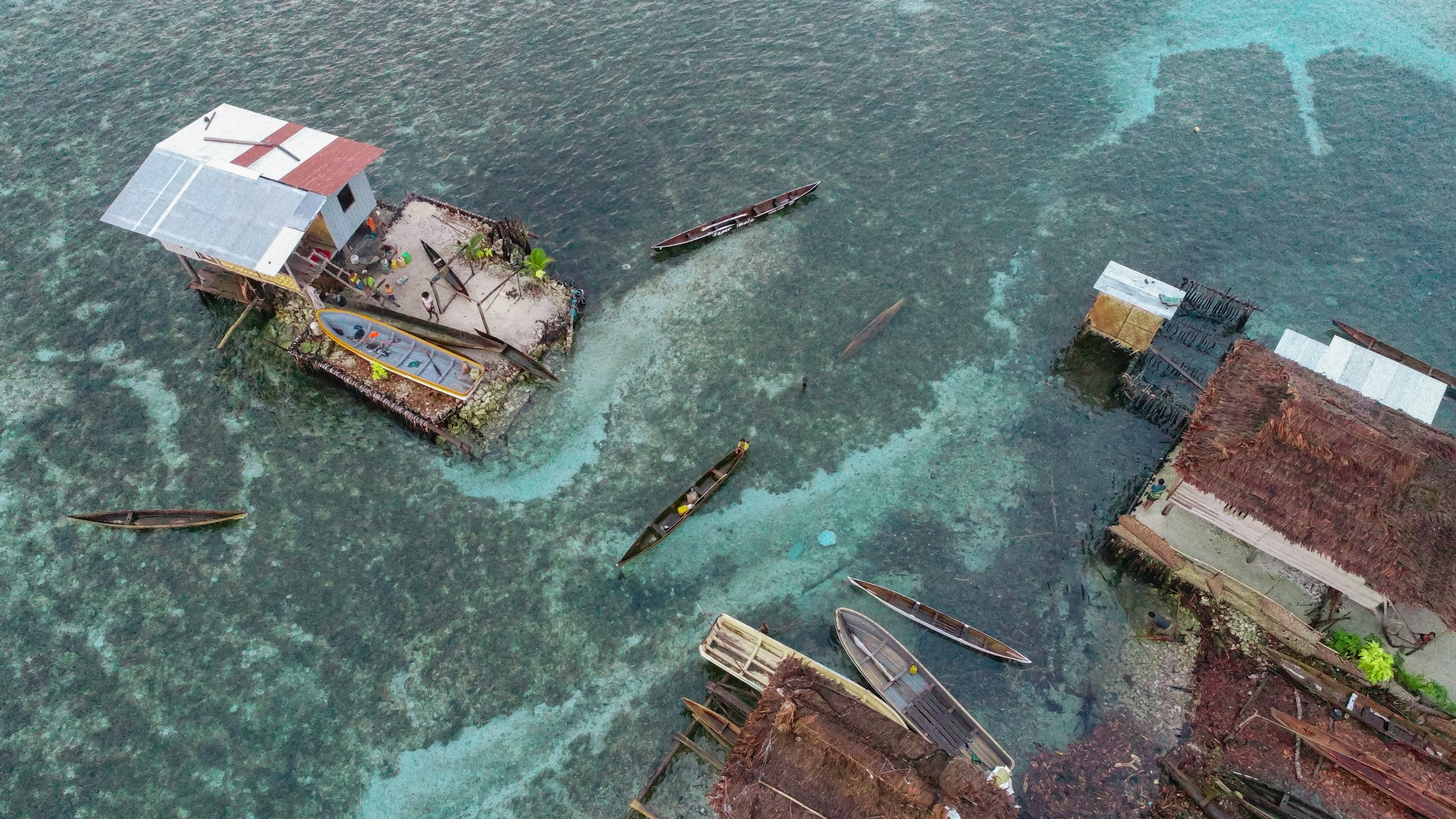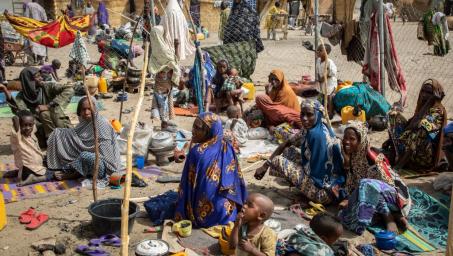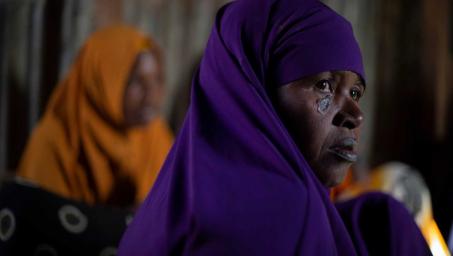Assessing the impact of displacement on IDPs and host communities in Papua New Guinea
Published on 02 November 2022
Disasters are the traditionally main drivers of displacement in Papua New Guinea, with 7,500 new displacements recorded in 2021. However, intercommunal violence and tribal conflicts, often triggered by land disputes or political rivalries, also contribute to internal displacement. In 2021, violence triggered 9,500 internal displacements, the highest figure ever recorded for the country.[1]
INTERNAL DISPLACEMENTS
This preliminary analysis starts to piece together the impact and potential policies to support IDPs beyond humanitarian support. It analyzes data collected by the Internal Displacement Monitoring Centre (IDMC) from 302 individuals – 150 internally displaced individuals and 152 people from within the host communities. Women make up 53% of respondents in IDP households and 43% of respondents in hosts households. The sample size while relatively small, provides a starting point to understand progress in reaching different development outcomes based only on the households sampled. While effort was made for the sample to be representative, the representativeness does not capture the entire population of IDPs or hosts in the country.
Composition of survey respondents
Development Impact
References
[1] IDMC, Country profile: Papua New Guinea, November 2022.








